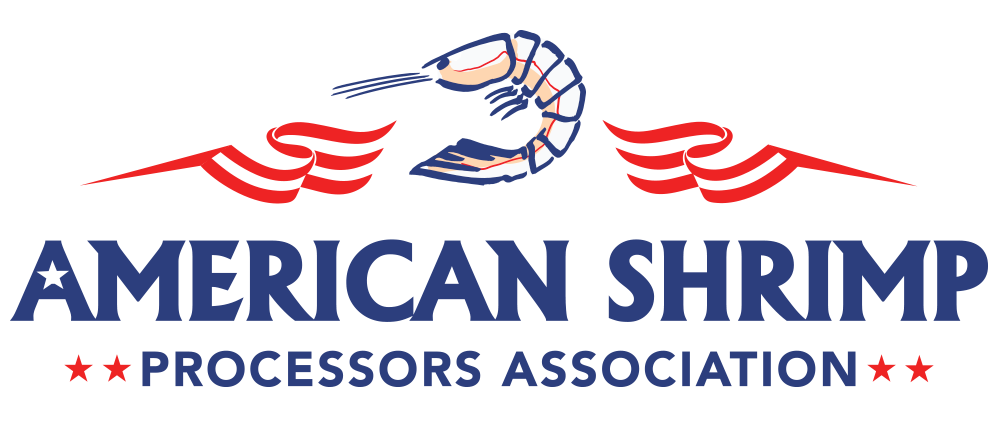- There are five species of Gulf shrimp: brown, white, pink, royal red and rock.
- A shrimp’s life cycle is approximately one year.
- Gulf shrimp are in season year-round, with peak season being May – September.
- A shrimp’s heart is located in its head!
- Ounce for ounce, shrimp have fewer calories than chicken, beef or pork.
- Shrimp is the most popular seafood eaten in the U.S.
- Shrimp are a great source of iron, zinc and omega-3s.
- Gulf shrimp accounts for 69% of U.S. domestic shrimp.
- Female shrimp can lay thousands of eggs at once, and they only take 3 – 10 weeks to hatch.
- Adult shrimp range from 3 – 9 inches in size.
- Shrimp swim backwards!
- Shrimp are crustaceans related to lobster, crab, krill and crawfish.
- Shrimp are a sustainable species because there is a new crop available every year.
- The life span of most shrimp is between one and two years.
- By federal regulation, shrimp trawl nets must be equipped with a TED (Turtle Excluder Device) and a BRD (Bycatch Reduction Device).
- There are more than 1,900 species of shrimp, but less than 20 are important for commercial purposes.
- Rock and Royal Reds represent a very small portion of shrimp harvested in Gulf waters when compared to the abundance of Brown, White and Pink shrimp.
- Allegedly, the largest shrimp ever caught measured nearly 16 inches and was purchased for $800 by a Columbian biologist.
- Biology breakdown > Kingdom: Animalia; Phylum: Arthropoda; Class: Crustacea; Order: Decapoda; Family: Caridea
- Americans consume around one billion pounds of shrimp every year.
- Depending on the species, shrimp either burrow in the sand or mud, into rock and coral crevices or live inside sponges.
- A shrimp’s body is divided into two regions: the cephalothorax (a fused head and thorax) and the abdomen.
- The abdomen has five pairs of “swimmerets,” which are also called pleopods and are used for swimming; a pair of uropods, which also is used for swimming; and a telson, which is the tail.
- Female shrimp can lay between 100,000 and one million eggs at one time.
- Female shrimp carry the fertilized eggs on their swimmerets until they hatch.
- When the term “deveining” is used to remove the dark line that runs down the back of the shrimp, it’s actually not a vein, but rather the shrimp’s digestive tract. This “vein” also is known as the “mud line.”
- Shrimp are invertebrates because they do not have a backbone.
- How many ways can shrimp be eaten? Baked, boiled, broiled, deep-fried, grilled, poached, sautéd, smoked, steamed, pickled, pan-seared, and even as pate.
- Less than 10 percent of the shrimp eaten in the U.S. comes from wild harvests, whereas more than 90 percent of the shrimp eaten in the U.S. are farm-raised shrimp grown within the country and other countries around the world.
- Shrimp can be purchased fresh or frozen and are available a number of ways: whole, headless, peeled, and peeled-deveined.
- Shrimp are prey for a vast number of species – even a barnacle can eat a shrimp.
- The most expensive thing on a shrimp boat is the diesel fuel.
- Shrimp thrive in the warm waters of the Gulf and can grow about an inch every seven to 10 days.
- Shrimp are a migratory species and move based on tide, wind, currents and water temperature.
- Shrimp season usually opens sometime between May and June and runs through December.
- The coastal waters off of Mississippi are known for an abundance of Brown and White shrimp.
- Brown shrimp are usually abundant May through August, whereas White shrimp are abundant September through December. This can vary every season based on the migration patterns of each species.
- Biloxi was once known as the Seafood Capital of the World.
- In 1949, the picking machine revolutionized the processing aspect of the shrimping industry when 1,000 pounds of shrimp could be de-headed, deveined and peeled every 15 seconds.
Typical Annual Distribution of Harvest
When to buy what kind of shrimp.

